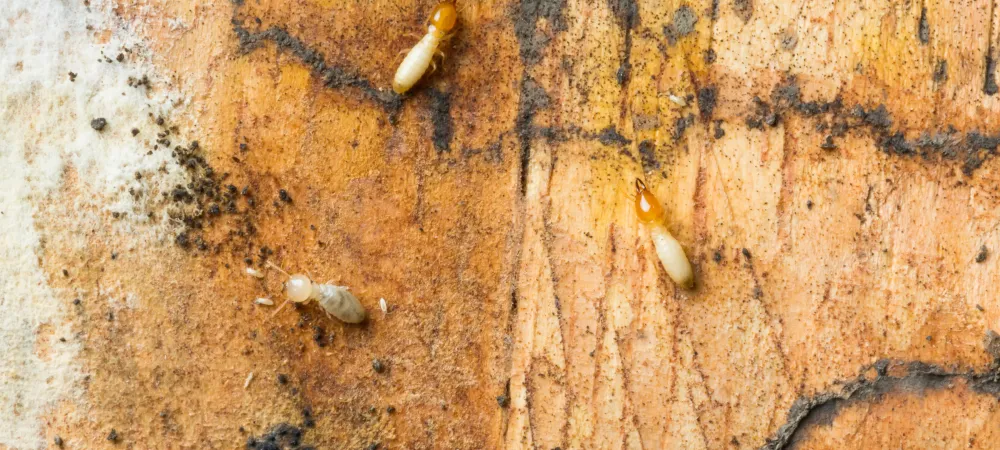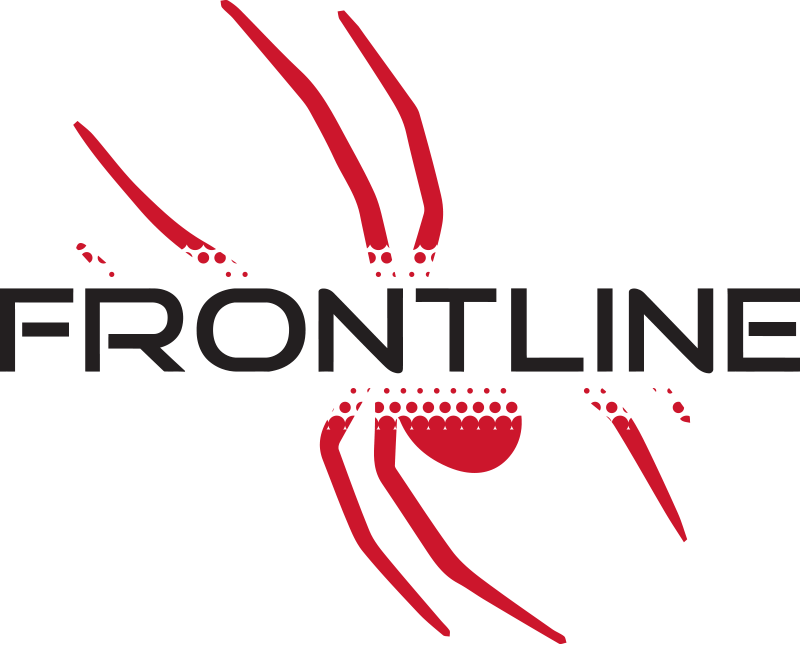Common Types of Termites and How To Identify Them

Termites are a common household pest that can cause significant damage to wooden structures if left unchecked. In the US, there are three primary types of termites that can infest homes and wreak havoc. These include Subterranean termites, Formosan termites, and Drywood termites.
Types of Termites
Subterranean Termites
Subterranean termites are highly destructive pests that can cause significant damage to homes and structures. They live in underground colonies, which can house thousands or even millions of individual termites. These termites are highly organized and work together to forage for food, which primarily consists of cellulose-rich material such as wood.
How to Identify Subterranean Termites:
- Light brown or yellowish in color
- Long, cylindrical bodies
- Create mud tubes from the ground and leave behind sawdust and fecal pellets (frass)
Subterranean termites are one of the most destructive types of termites and can cause severe damage to structures if left untreated. Identifying them is important for homeowners so they can take action to prevent and eliminate these pests.
Formosan Termites
Unlike subterranean termites, Formosan termites are a species of drywood termites, meaning they do not require contact with soil to survive. This allows them to infest and damage wooden structures above ground level, such as window frames, crawl spaces, and even structural wood.
How to Identify Formosan Termites:
- Pale yellow to brownish color
- Oval-shaped bodies
- Typically smaller than their subterranean cousins
- Like subterranean termites, they construct mud tubes and leave behind frass
Formosan termites are an invasive and destructive species of termite that is found in warmer climates. These termites can cause extensive damage to buildings and wooden structures, making them a major pest problem in many areas.
Drywood Termites
When it comes to termite infestations, drywood termites are a common concern for homeowners. Unlike their subterranean counterparts, these termites do not require contact with soil to survive. Instead, they infest dry wood structures found in homes and buildings.
How to Identify Drywood Termites:
- Smaller than subterranean termites, only measuring about 1/4 to 3/8 of an inch in length
- Long, narrow bodies
- Typically pale or light brown in color
- Equal-sized wings that are longer than their bodies
Drywood termites have a voracious appetite for healthy wood and can silently eat away at the inside of wooden structures, causing significant damage. If left unchecked, their destructive capabilities can quickly escalate, resulting in costly repairs or potentially rendering a home uninhabitable.
How To Identify Termite Damage
Termite damage can be a frustrating and costly problem for homeowners. These tiny pests can wreak havoc on the structure of a home, causing structural damage that can be difficult to detect. However, there are several telltale signs that can help homeowners identify termite damage early on. By being aware of these signs and taking prompt action, homeowners can prevent further damage and protect their investment. Here are the key indicators of termite damage along with in-depth explanations of each.
Look for Mud Tubes
Subterranean termites build mud tubes to travel from the ground to their food source. These tubes are usually about the size of a pencil and can be found on the foundation, walls, or other wooden structures.
Examine Wooden Structures
Termites feed on wood, so inspect any wooden structures for signs of damage. Look for hollowed or damaged wood, especially in areas that are damp or where the wood comes into contact with the ground.
Check for Termite Swarms
Reproductive termites, also known as swarmers, emerge in large groups. If you notice swarms of flying insects around your property, it could be a sign of a termite infestation.
Look for Discarded Wings
After swarmers mate, they shed their wings and look for a location to start a new colony. Finding discarded wings around windowsills or other entry points could indicate termite activity.
Listen for a Hollow Sound
If you tap on a wooden surface and it sounds hollow, it could be a sign of termite damage. Termites eat wood from the inside out, leaving a thin layer on the surface.
Examine Window Frames and Crawl Spaces
Termites often target window frames and crawl spaces because they provide easy access to moisture and wood. Look for blistering or darkening of wood surfaces in these areas.
The Presence of Frass
One of the distinctive signs of a termite infestation is the presence of "frass." This term refers to the tiny pellets of fecal matter that dry wood termites push out of their tunnels. These pellets have a distinct appearance, resembling small grains of sand or coffee grounds, and indicate an active infestation.
If You See Signs of Termites, Call Frontline Pest Control Today
When it comes to termites, the best thing you can do is be proactive and call an experienced pest control company as soon as you notice signs of an infestation. Frontline Pest Control offers comprehensive termite treatments that can quickly and effectively eradicate any existing infestations, as well as prevent future ones. Give us a call day or night or contact us online to schedule your free termite inspection today.

